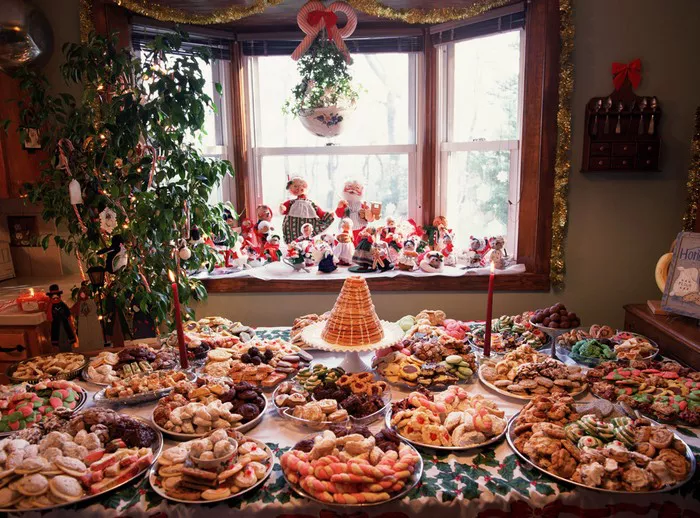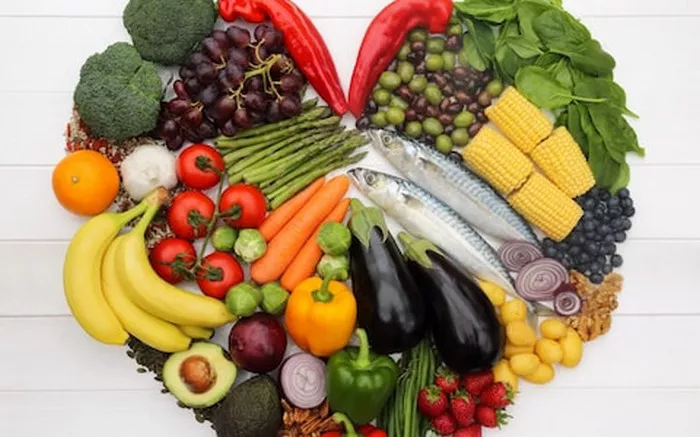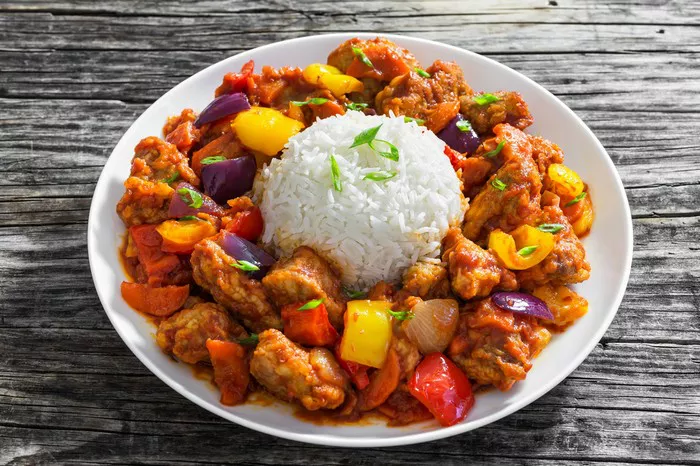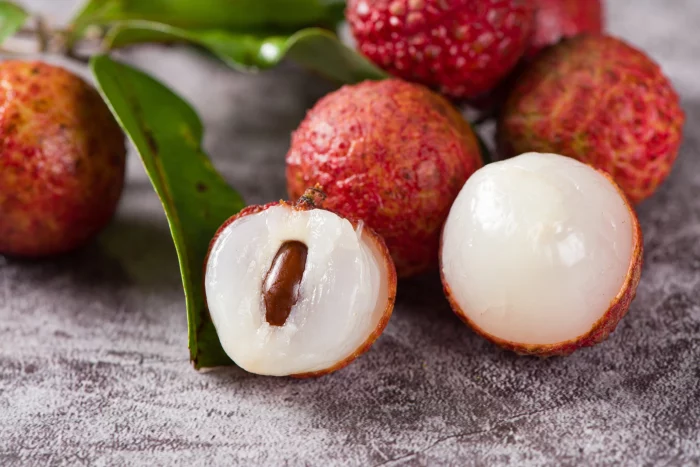Christmas Eve is a time of anticipation and celebration, and around the world, families gather to share a special meal. Each culture has its own unique traditions and dishes that are enjoyed on this festive evening. In this article, we will delve into the traditional meal for Christmas Eve, highlighting the flavors and customs that make this occasion so special.
The Significance of Christmas Eve
Christmas Eve holds a special place in the hearts of many as it marks the culmination of the Advent season and the anticipation of the birth of Jesus Christ. It is a time for families to come together, exchange gifts, and share in the joyous spirit of the holiday. The traditional meal on Christmas Eve varies across different countries and regions, but it is always a time for loved ones to gather around the table and indulge in delicious food.
Europe
In many European countries, Christmas Eve is celebrated with a grand feast that features an array of rich and flavorful dishes. Here are some examples of traditional Christmas Eve meals in different European cultures:
Italy: Feast of the Seven Fishes: In Italy, particularly in the southern regions, the Christmas Eve meal is known as La Vigilia or the Feast of the Seven Fishes. It involves a spread of seafood dishes, such as baccalà (salted cod), shrimp, calamari, and clams. Each family has its own variations, but the number seven symbolizes the seven sacraments of the Catholic Church or the seven days of creation.
Poland: Wigilia: In Poland, the Christmas Eve meal is called Wigilia and centers around a meatless menu. It typically starts with a sharing of the opłatek, a thin, unleavened wafer, followed by dishes such as borscht (beet soup), pierogi (stuffed dumplings), fried carp, sauerkraut, and mushroom dishes. The meal often ends with a variety of desserts, including gingerbread and poppyseed cake.
Germany: Christmette: In Germany, families often attend a Christmette, a midnight church service, on Christmas Eve. Afterward, they gather to enjoy a festive meal that includes roasted goose, duck, or pork, served with sauerkraut, red cabbage, potato dumplings, and a variety of Christmas cookies.
Spain: Nochebuena: In Spain, the Christmas Eve meal, known as Nochebuena, features an elaborate spread of dishes. It often includes traditional favorites like roast suckling pig (cochinillo asado) or roasted lamb, seafood such as shrimp and bacalao (salted cod), and a selection of regional delicacies like jamón ibérico, Spanish omelette (tortilla española), and turron (almond nougat).
Latin America
In Latin America, Christmas Eve is celebrated with great enthusiasm and a variety of dishes influenced by the region’s rich culinary heritage. Here are a few examples of traditional Christmas Eve meals in Latin American countries:
Mexico: La Nochebuena: In Mexico, the Christmas Eve meal, known as La Nochebuena, often features a festive spread of dishes. Traditional favorites include bacalao a la vizcaína (Basque-style cod), tamales, pozole (a hearty soup made with hominy and meat), romeritos (a dish made with a wild plant and shrimp), and buñuelos (fried dough balls drizzled with syrup).
Puerto Rico: Lechón Asado: In Puerto Rico, Christmas Eve is celebrated with a large family gathering and a centerpiece of lechón asado, a whole roasted pig. The pig is marinated with a blend of spices and slow-roasted until the skin is crispy and the meat is tender. Other traditional dishes include arroz con gandules (rice with pigeon peas), pasteles (savory filled pastries), and coquito (a creamy coconut-based alcoholic beverage).
Argentina: Pionono and Vitel Toné: In Argentina, the Christmas Eve meal often includes pionono, a rolled sponge cake filled with sweet or savory fillings, such as dulce de leche or ham and cheese. Another popular dish is vitel toné, which consists of thinly sliced veal served with a creamy sauce made from tuna, anchovies, mayonnaise, and capers.
North America
In North America, the Christmas Eve meal varies among different regions and cultural backgrounds. Here are a few examples of traditional Christmas Eve meals in North America:
United States: Roast Turkey or Ham: In the United States, the Christmas Eve meal is often a festive affair featuring roast turkey or ham as the centerpiece. Accompaniments can include mashed potatoes, cranberry sauce, green beans, sweet potatoes, and a variety of pies, such as pumpkin or pecan, for dessert.
Canada: Tourtière: In French-Canadian households, the Christmas Eve meal often includes tourtière, a savory meat pie made with ground pork, veal, or beef, flavored with onions, herbs, and spices. It is typically served with cranberry sauce or ketchup.
Customizing Your Christmas Eve Meal
While these traditional Christmas Eve meals provide a delightful starting point, it’s essential to customize your meal to suit your preferences and family traditions. Incorporate dishes that hold personal significance or reflect your cultural heritage. Consider the dietary restrictions or preferences of your guests and explore variations that can accommodate different tastes.
Conclusion
The traditional Christmas Eve meal is a time-honored tradition that brings families together to celebrate the joy of the holiday season. From the rich flavors of European feasts to the vibrant dishes of Latin America and the diverse options in North America, each meal is a reflection of culture, heritage, and family traditions. Whatever your choice may be, the most important aspect of the Christmas Eve meal is the opportunity it provides for loved ones to gather, share stories, create memories, and embrace the festive spirit that unites us all.





















